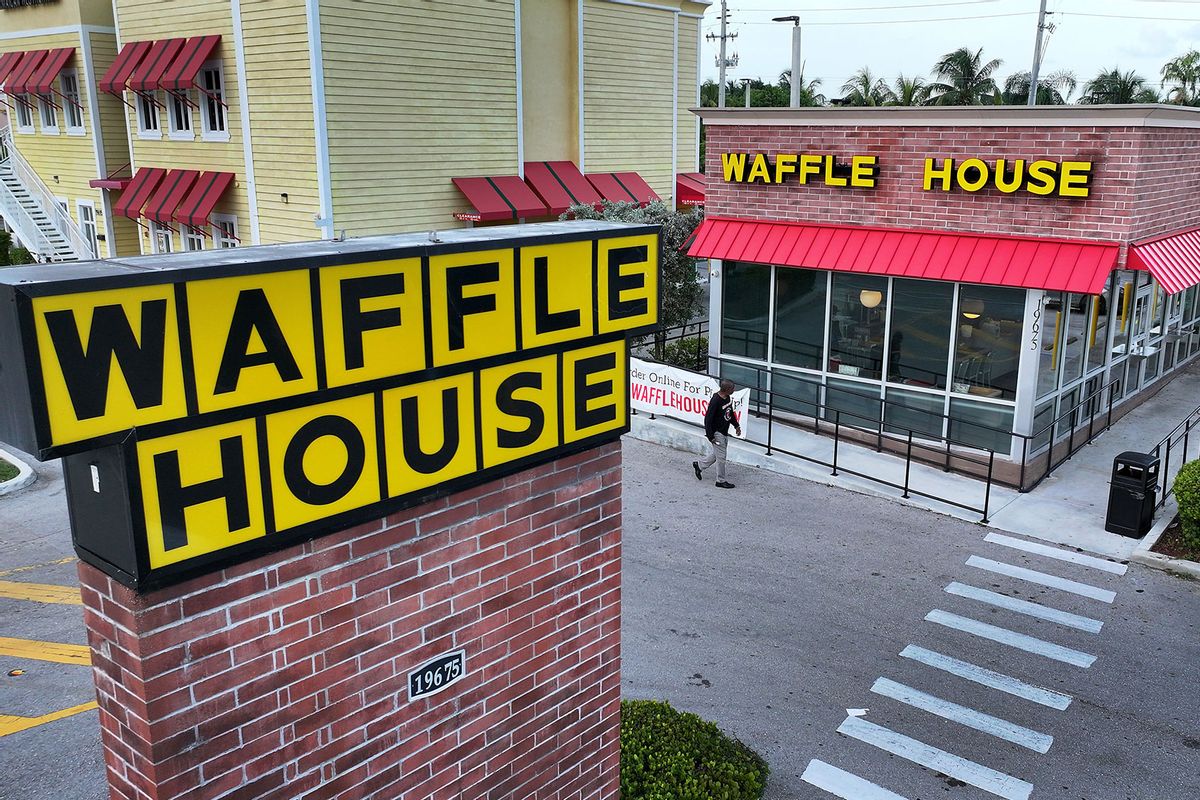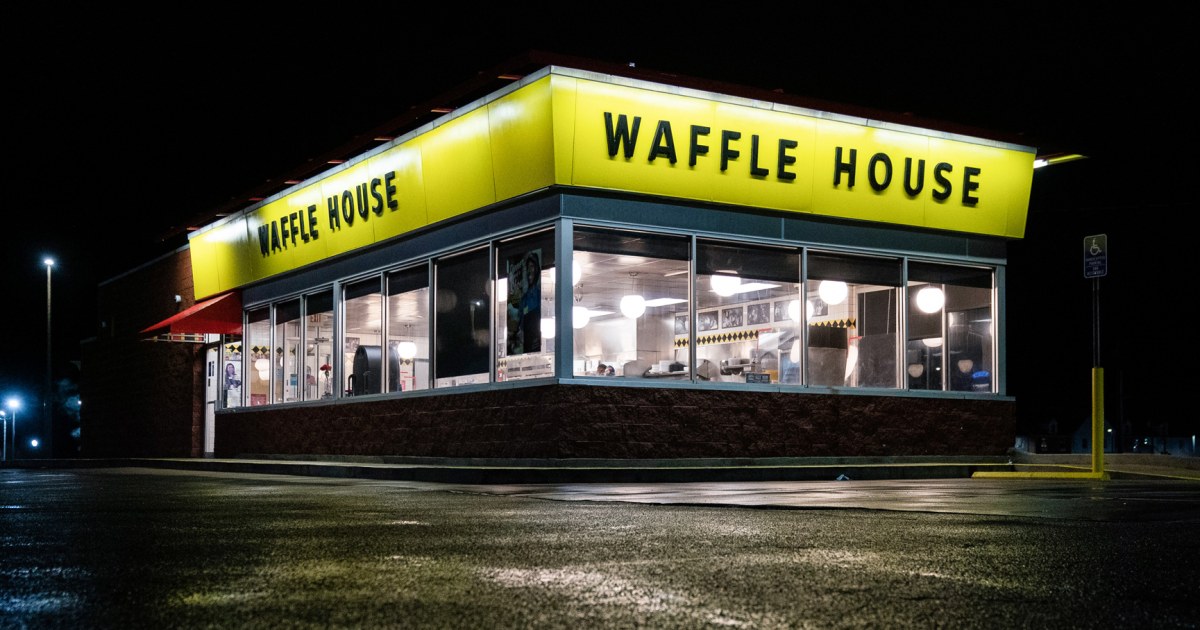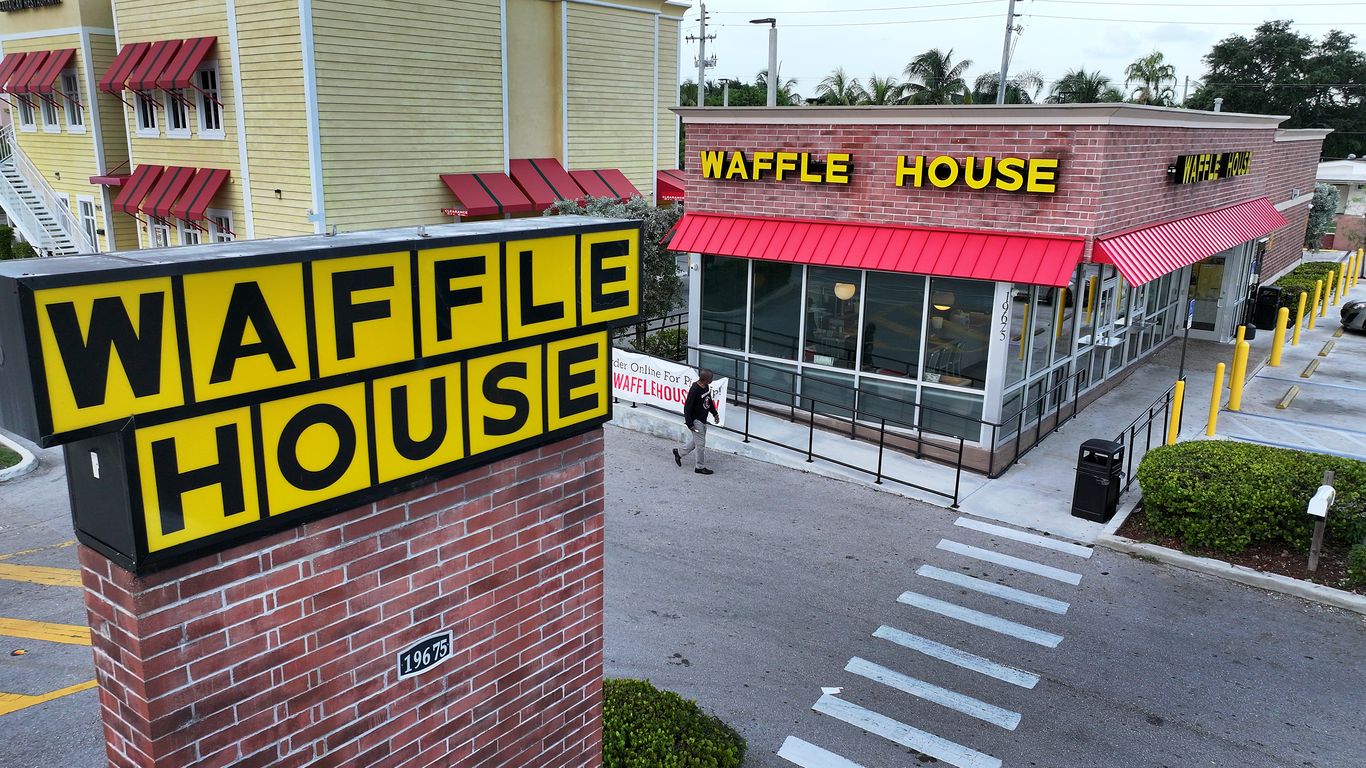Waffle House Implements Temporary 50-Cent Egg Surcharge Amid Ongoing Bird Flu Crisis
Waffle House adds a 50-cent surcharge on egg items due to soaring prices linked to a significant bird flu outbreak.
Subscribe to unlock this story
We really don't like cutting you off, but you've reached your monthly limit. At just $5/month, subscriptions are how we keep this project going. Start your free 7-day trial today!
Get StartedHave an account? Sign in
Overview
Waffle House has introduced a 50-cent surcharge per egg effective February 3, affecting all 2,000 locations. This measure arises from a significant bird flu outbreak that has led to the loss of over 13 million hens since December. Egg prices have soared, with average costs for a dozen reaching $4.15 in December—a rise of 50% over the past year. The chain states that this surcharge is temporary and will be adjusted based on market conditions. As the country faces a continuing egg shortage, health officials encourage precautions against bird flu, which has also seen some human infections.
Report issue

Read both sides in 5 minutes each day
Analysis
Analysis unavailable for this viewpoint.
Articles (11)
Center (6)
History
- 9M

 5 articles
5 articles







